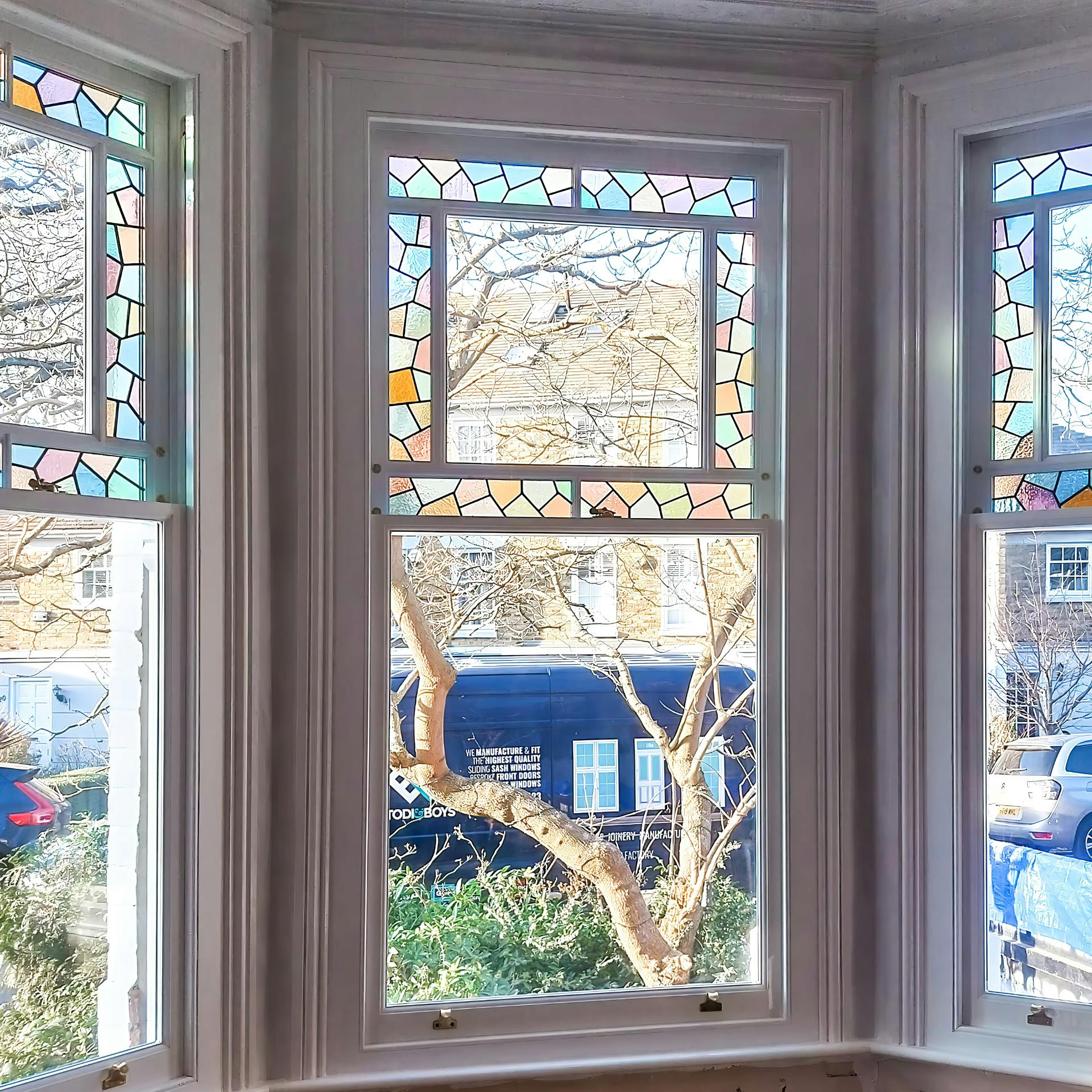Why Have I Got Condensation on the Outside of My Windows?
21 October 2024
Condensation on the outside of windows forms when the temperature on the inside of the glass is higher than the temperature on the outside, leaving a layer of moisture on the outside of your window.
This may seem unusual and worrying, but it generally means that your windows are highly efficient. Here’s some information on the conditions that lead to condensation.
In this blog, we’ll answer the question, why have I got condensation on the outside of my windows?
Conditions that Lead to Exterior Condensation
Condensation on the exterior of windows often happens when there are particular weather and environmental conditions:
- High Humidity Levels: When the air outside is holding a lot of moisture, like early in the morning, the chance of condensation forming on cool surfaces like your windows increases. The higher the humidity, the more likely it is that moisture will settle on cold surfaces.
- Clear, Cool Nights: On nights where there aren’t many clouds, surfaces such as windows lose heat faster. This makes windows colder than the air, creating the perfect surface for moisture to settle.
Condensation essentially forms when the window’s surface is cooler than the dew point of the air.
Why Exterior Condensation is Common on Energy-Efficient Windows
Modern, energy-efficient double or triple-glazed windows are specifically designed to keep heat inside of your home. This prevents the internal warmth from your property from reaching the outer glass panel. As a result, the outer pane stays cold while your home is warm, especially at night or early in the morning. This makes modern windows more vulnerable to condensation. Don’t worry, it’s a sign that your windows are working well!
Don’t worry, seeing condensation on the outside of your window is a sign that your windows are working well! It demonstrates that your windows are keeping the heat inside your home.
The Benefits of Energy-Efficient Windows
Modern windows, such as the timber sash windows or casement windows offered by Todi & Boys provide a high level of insulation compared to old, single glazed windows. They keep indoor warmth in colder months, and keep unwanted heat from entering in the summer. Other key benefits include:
- Improved Temperature Regulation: These windows maintain a more stable indoor temperature by reducing the transfer of heat. This leads to a consistently comfortable home environment without relying excessively on heating or cooling systems.
- Lower Energy Bills: By keeping your home’s internal temperature balanced, energy-efficient glazing reduces the need for excessive heating or air conditioning, saving on energy costs.
- Reduced Environmental Impact: Not only do you save money by having energy efficient windows, you also reduce your home’s carbon footprint, reducing your impact on the environment.
Why Exterior Condensation Means Your Insulation is Working
With modern windows, often double or triple glazed, the layers of glass and insulating gaps which are filled with gas, a thermal barrier is created, blocking the warmth inside from reaching the outside glass pane. This keeps the outer glass cooler than the surrounding air, especially on humid mornings, creating the right conditions for condensation to form on the outside.
With high-quality, double-glazed windows, such as the ones we make at Todi & Boys, you can rest assured that your windows are insulating your home as intended, providing comfort, long-term savings and environmental benefits.
Should You Be Concerned About Condensation on the Outside of Your Windows?
While condensation is normally harmless, there are some signs to watch for that might require further attention if the condensation becomes persistent or excessive.
More often than not, exterior condensation is a sign of effective insulation. However, you should always monitor it to ensure that the condensation fades throughout the day and make adjustments if necessary to ensure your windows perform optimally.
How to Reduce Exterior Condensation on Windows
While exterior condensation is normally a sign of insulation that works, it can be inconvenient, obstructing the views outside. Here is a strategy to help reduce exterior condensation on windows:
Increase Air Circulation Around Windows
The easiest way to minimise exterior condensation is to improve airflow around your windows. Ensuring there is enough space between plants and outdoor furniture allows air to circulate naturally, helping moisture evaporate more quickly.
By following these tips, you can minimise condensation on the outside of your windows while still benefiting from the energy efficiency that high-quality, insulated glazing offers. For further assistance or guidance, contact us to explore solutions tailored to your specific windows and environment.






